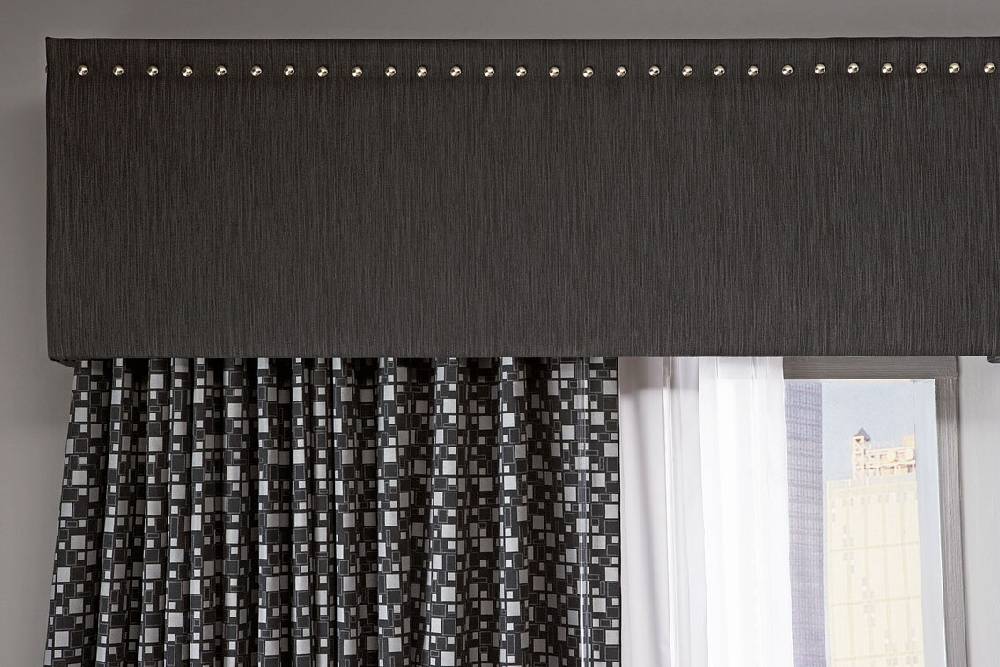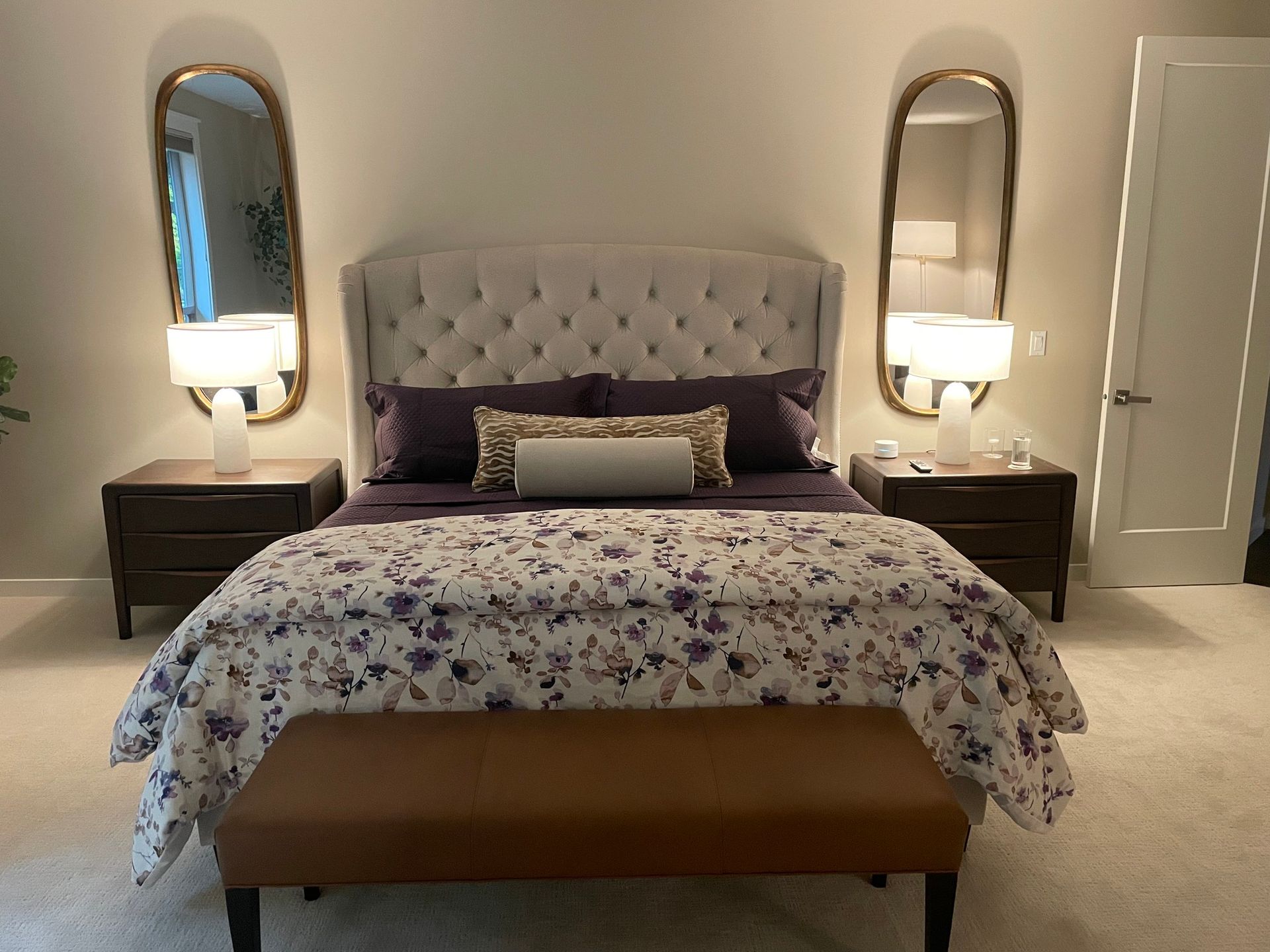6 Best Cornice Board Ideas
Cornice Board Guide: Elevating Your Home Decor

Cornice boards, a timeless element of interior design, bring structure, elegance, and a finishing touch to windows, framing the view with style and sophistication. Far from being relics of the past, cornice boards have evolved, blending seamlessly with both traditional and contemporary decors. This article explores the relevance of cornice boards in modern design, offers inspiration for modern window cornices, delves into innovative design ideas, and showcases a variety of patterns that can refresh any living space.
Are Cornice Boards Out of Style?
Contrary to what some may believe, cornice boards are not out of style. In fact, they have undergone a renaissance, adapting to modern tastes and interiors. Today, cornice boards serve as a striking design element that can complement any decorating style, from minimalist to maximalist. They add architectural interest, hide window treatment hardware, and can make windows appear larger and ceilings taller. With the right design, material, and fabric, cornice boards can be a chic and stylish addition to any room.
Modern Window Cornice
Modern window cornices eschew the overly ornate details of their traditional counterparts for cleaner lines, simpler shapes, and a focus on materials and textures. A modern window cornice might be made from sleek wood with a natural finish, painted in a bold, contemporary color, or upholstered in a geometric fabric that ties the room's decor together. The key is simplicity and functionality, allowing the cornice board to blend with the room's overall design without overwhelming it.
Modern Cornice Design Ideas
Geometric Simplicity
Embrace geometric simplicity with a cornice featuring clean lines and angular shapes. This style complements modern and contemporary interiors, emphasizing form and structure. Materials like polished wood or metal can add a sophisticated touch, while a monochromatic color scheme ensures the cornice integrates seamlessly with the room's decor.
Textural Contrast
Incorporate a variety of textures to add depth and interest to your cornice board. Combining materials such as wood, metal, and fabric can create a dynamic focal point. For example, a wooden cornice with a metallic trim or a fabric-wrapped cornice with a subtle pattern can elevate the design.
Eco-friendly Materials
Sustainability is a key consideration in modern design. Opt for cornice boards crafted from eco-friendly materials, such as reclaimed wood or recycled metal. These choices not only reduce environmental impact but also add a story and uniqueness to your decor.
Integrated Lighting
For a truly modern touch, consider integrating lighting into your cornice board. LED strip lighting can be hidden within the cornice to provide soft, ambient lighting that enhances the mood of the room. This approach adds both functionality and a dramatic effect to your window treatment.
Cornice Board Patterns
The choice of pattern can dramatically affect the look and feel of your cornice board. Here are a few ideas to inspire:
-
Bold Geometrics: Choose bold geometric patterns for a contemporary look that makes a statement.
- Subtle Textures: If you prefer a more understated approach, opt for fabrics with subtle textures that add depth without overwhelming the space.
- Nature-Inspired Motifs: Patterns inspired by nature, such as leaves or abstract landscapes, can add a serene and organic touch to your cornice board.
- Stripes and Lines: Vertical or horizontal stripes can create visual interest and the illusion of height or width.
In conclusion, cornice boards offer a fantastic opportunity to enhance the aesthetic appeal of your home. Whether you prefer a modern minimalist look or something more traditional, there's a cornice board design that can complement your space. By carefully selecting the design, material, and pattern, you can transform your windows into a striking design feature that elevates your interior decor.
DIY Cornice Board Options
For the crafty homeowner, DIY cornice boards are a possibility. Here are some options to consider:
- Simple Wood Cornice: Construct a basic box shape from lightweight wood and paint it to match your trim or create a contrasting accent.
- Fabric-wrapped Cornice: Upcycle a sturdy box or use pre-made MDF boards. Wrap the box in fabric using a staple gun for a soft and textured look.
- Molding Combination: Utilize decorative molding pieces to create a layered cornice design. This option requires more carpentry skill but offers a custom look.
Selecting the Right Cornice Board for Your Needs
Choosing the perfect cornice board involves considering several factors:
- Style: Match the cornice board design to your overall decor. Opt for clean lines for modern, or consider curves and details for a more traditional look.
- Material: Wood offers a classic feel, while metal adds a contemporary touch. Fabric provides softness and allows for patterned designs.
- Functionality: If hiding curtain hardware is a priority, ensure the cornice board has enough depth. Consider integrated lighting for added ambiance.
By keeping these points in mind, you can select a cornice board that complements your space and elevates your home's style.




